Public Order Response Team
- pixeltoprint
- Sep 3, 2021
- 3 min read
In the lead up to the Governor General visit to Alice Springs in 1960 a team is assembled for public order response. Graham 'Lovey' Browning is on the right. This is an early example of public order management preparation for a major event. Members for such an event would be drawn together for the specific operation from a variety of areas.
The NT Police did not have never had a full time Public Order Response Team prior to Operation Acacia in 2012. The Task Force, later Territory Response Group, had a limited Public Order Response capacity as a secondary task for many years. In the lead up to APEC in 2007 training was undertaken to prepare a number of members from a variety of sections for Public Order Duties. The basic training consisted of methods without specialist equipment adopted from Victoria Police and the the advanced training using shields and helmets adopted material from NSW Police which in turn was based on UK methodologies.
Public Order Response has been a controversial topic because of the way that it has been carried out in various parts of the world. In the NT the right of people to protest is recognised and police take an approach of reasonable facilitation provided the nature of the protest is peaceful and lawful. However there is a need to be prepared for acts of violence that may be directed toward police or others in a number of circumstances.
Public Order Response Timeline
1960 Governor General Visit to Alice Springs
2007 Asia Pacific Economic Conference APEC
As there was no current capacity for dealing with violent protest action a project was initiated in the lead up to the conference and 60 members trained. The conference only attracted a small group of peaceful protesters and none of the violent groups that it had been thought may travel to the Territory to conduct 'direct action' and there was no need to deploy the trained members.
2011 Operation Savannah 2012
The large scale security operation that surrounded the visit to Darwin by the President of the United States again required that a capacity to counter violent protest be reestablished and 50 members were trained in the lead up to the operation. The units were deployed purely to assist with the general policing presence and route security and once again only a small group of peaceful protesters made it unnecessary to use specialist skills or equipment.
NT News and Video from the 2011 Presidential Visit.
2012 Project Acacia - Immigration Detention Facility MOU
In March 2012 the NT Police signed an MOU with the Australian Federal Police and the Department of Immigration and Citizenship (DIAC) for the provision of services to the Immigration Detention Facilities in the NT. Coined Project Acacia and led by Commander Peter Bravos the operation involves the recruiting of nearly 100 police members or 8% of establishment.
The agreement will see additional Police Officers who will provide policing services to the IDF’s. Duties will include participating in planning for potential emergencies, investigating criminal offences under NT legislation, assisting with compliance operations and undertaking community engagement within detention facilities. In addition, these Officers will also provide an immediate general duties response capability for Darwin Metropolitan Command. The unit will form a Metropolitan Patrol Group and will be equipped with specialist vehicles and equipment (as at 14 March 2012).

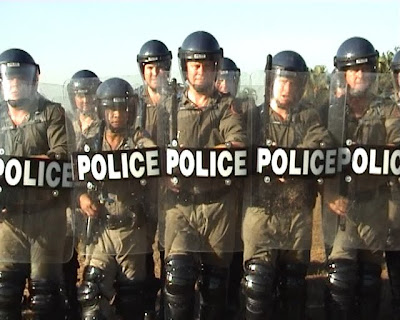

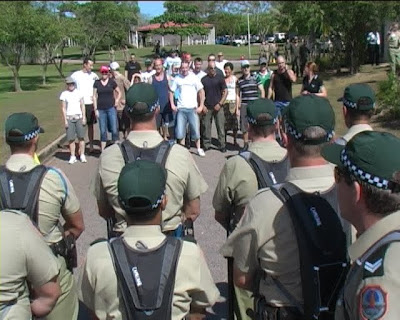

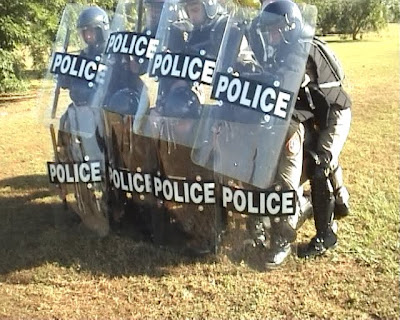

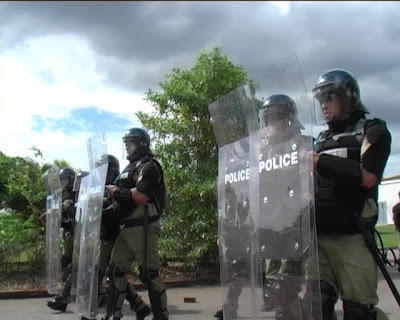

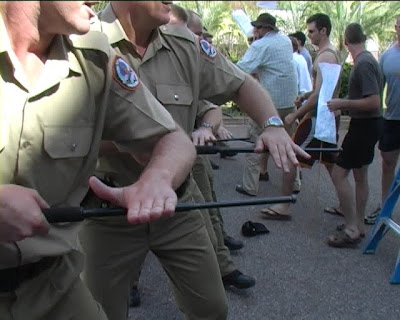
Commentaires